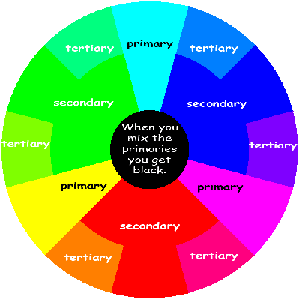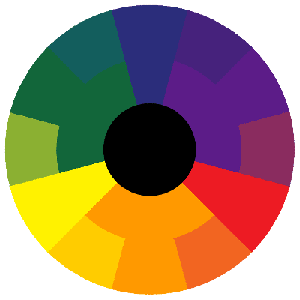Click on 'Home' then scroll down to get to information about the history of many of the programs on this site and to see which programs have been recently updated or added.
If you want to contact me for any reason, use the 'Contact' form or e-mail me at the address below. Please let me know if you see mistakes on this site.
Click on 'Programs' to find links to all of the programs that are on this site. Most of the programs are related to math, but you will also find several related to color, a couple related to perspective, a drawing program, and more. Try out the Alien Arithmetic program in the Arithmetic area to have fun thinking in a different base.
Click on 'SCORM' to learn about Shareable Content Object Reference Models, what they are, why they are useful, and how to make your own.
The 'About L2 page gives you information about how I got the nickname L2 and why I work on this site and the programs that this site contains. I also occasionally update the page to let you know what kinds of things I am working on now or planning on working on soon.
Click here to find some of the static handouts and worksheets that I have created for the math classes that I teach at Lansing Community College.
Click here to see a history of most of the programs on this site and to subscribe to the RSS feed if you wish to receive notices when a program is improved or a new program is made.
DISCLOSURE: IPower Web is my website host. It is reasonably priced and I have used their services for many years. Click on this link if you are thinking of starting your own website and would like to consider IPower's services. I get a small referral fee if you do!
Color Wheels
Light that has roughly equal amounts of all visible wavelengths appears white, thus white represents the presence of all visible colors. Black is the absence of color. When light bounces off an object the color we see is a combination of all of the refracted and reflected colors. The object absorbs some colors and we see the rest. Thus if an object absorbs blue only, it will appear yellow to us because it is reflecting and refracting all of the other colors which add to make yellow.
| figure 1 Color Wheel of Light, Additive Colors  |
figure 2 Color Wheel of Pigments, Subtractive Colors  |
| figure 3 Traditional Pigment Color Wheel  |
|
The primary colors of light are any set of three colors, that when added make white light. The most commonly used primary additive colors are red, green, and blue (figure 1). The primary colors of light are called additive because you add colors to mix and make other colors. The more colors you mix in, the closer you get to white. A primary mixed with an opposite secondary will tend towards white in an additive system.
The primary colors of pigments are called subtractive, because when you mix them, more color is taken away and you get closer to black (figures 2 and 3). In other words, everytime light hits something that has a dye in it, that dye takes away (subtracts) color from the light and what you see is what is left over. Secondary colors are made by mixing any two primaries. Tertiary colors are made by mixing a primary and adjacent secondary color. A primary mixed with an opposite secondary will tend towards black in a subtractive system.
Since pigments are the opposite of light in the sense that, pigments are made by absorbing some wavelengths of light and thus subtracting color from light, then it makes sense that the primary colors of pigments should be the opposite of the primary colors of light (figure 2). Indeed this is the case. Look at any standard color inkjet cartridge and you will find that it uses cyan, magenta, and yellow to make all the colors that you print. Black is also added to make darker colors with less ink, however those darker colors could be made by just mixing the proper amounts of the primaries. Notice that these are the colors that are exactly opposite of the primary colors of light on the color wheel (figure 1). That is why the colors in figure 2 are the same as the colors in figure 1, but in opposite positions. Figure 3, shows what is considered the traditional primary subtractive colors (red, blue, and yellow), however these are not really the primaries since you have to add white to some of them to achieve some colors such as pink.
In an additive system, any two colors that produce white when added together are called complementary. Thus on the color wheel, the complementary colors are those that are opposite of each other, since if one of them is a primary, the other is a secondary and is already a mixture of the other two primary colors. If you are dealing with a tertiary color, then two opposite tertiaries are already mixtures of opposite primaries and secondaries, so they will add to white as well. If you are dealing with a subtractive wheel, then the opposite colors will mix to make black since together they will remove all of the visible wavelengths. Play with the animation below to get a better understanding of this.
Click here for a larger version.
Reference:
Optices by Eugene Hecht, 2nd ed, Addison Wesley, 1987, pages 114-118